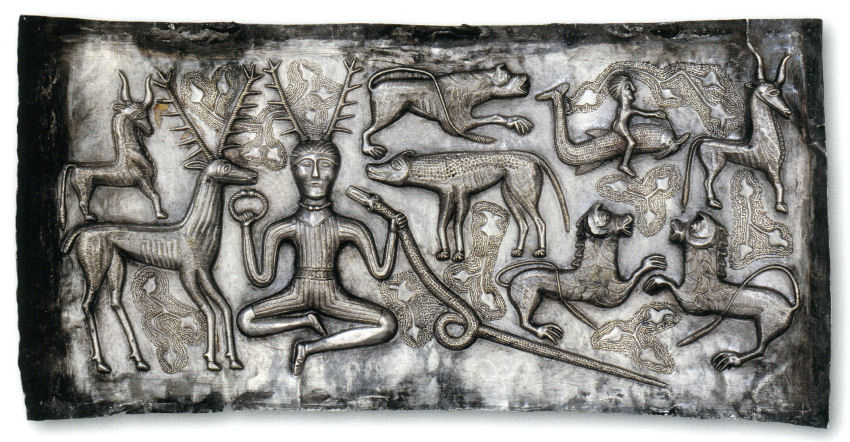Jake Stratton-Kent’s Encyclopedia Goetica is a monumental achievement, but more than that it is of vital importance for practicing occultists, pagans, and all those who fall into both categories. A work spanning three official volumes stretched across five actual books, it is an invaluable addition to occult history, theory, and practice. I intend to offer, in this review, an extensive and careful consideration of the full sweep of the project but if you are waiting for the bottom line allow me to say at the beginning that anyone interested in western occultism and paganism must read these books. They are probably the most impressive occult works to be written in my lifetime.I will likely have a bit more to add here on this blog as I see what other folks have to say in response to my review and mull over the issues and questions raised (some interesting ones have been raised in the comments already).
I do, however, want to stress how one can pick up the books if one wishes to. Do not try to buy them on Amazon, rather go directly through the publisher Scarlet Imprint. If you are looking for the affordable versions you want the Rouge edition, which comes as well with an e-book version.


